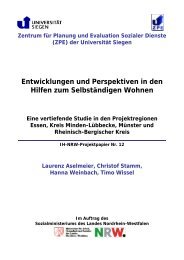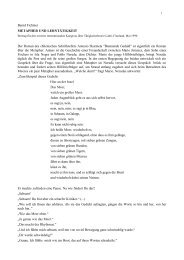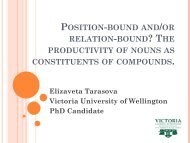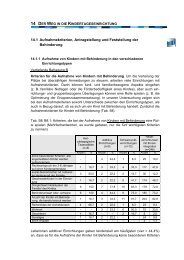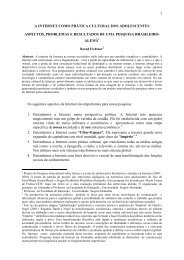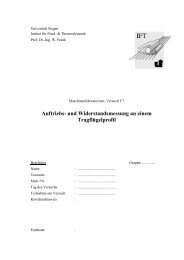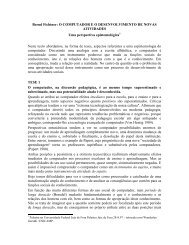Early creole syllable structure: evidence from early varieties
Early creole syllable structure: evidence from early varieties
Early creole syllable structure: evidence from early varieties
Create successful ePaper yourself
Turn your PDF publications into a flip-book with our unique Google optimized e-Paper software.
<strong>Early</strong> <strong>creole</strong> <strong>syllable</strong> <strong>structure</strong> 13in (27) with data <strong>from</strong> the 19th century to get as closely as possible to the time of thecontact situation:(27) a. Kikongo (Seidel and Struyf, 1910, their notation)kwiza ‘come’twika ‘send’engyuvu ‘question’b. Gbe (Schlegel, 1856, his notation)dro‘put down’bla‘bind’tšro‘spoil’c. Twi (Christaller, 1875, his notation)osram ‘moon’mutwam ‘you pass’trabére ‘a place to sit’Thus, the substrate languages show a pattern that is highly similar to that of the moreconservative <strong>creole</strong>s ESR and ESA. ESK and EJAM, which have been under continuoussuperstrate influence, allow for a greater variety of <strong>syllable</strong> types, which can be explainedas the effect of more successful preservation of the input due to better access to the lexifieritems and their sound <strong>structure</strong>. What does mean for a more general theory of theemergence of <strong>syllable</strong> <strong>structure</strong>?The cross-linguistic investigation of <strong>creole</strong> <strong>syllable</strong>s presented in this paper supports thetheory put forward in Alber/Plag 2001 in optimality-theoretic terms, according to whichhigh-ranking structural constraints are responsible for the emergence of simplified <strong>syllable</strong><strong>structure</strong>s. The universal flavor of the phenomenon results <strong>from</strong> the fact that the operatingmarkedness constraints themselves are universal. It is their high ranking in the grammarthat is transferred <strong>from</strong> the substrate languages, to the effect that aspects of Africangrammar are imposed on the English base words, causing restructuring of non-conforminglexifier <strong>syllable</strong>s. However, when the substrate <strong>syllable</strong> <strong>structure</strong> constraints allow it, theEnglish output is faithfully preserved. The superstrate thus provides the segmental materialon which structural constraints and faithfulness constraints operate.In the foregoing paper, we have described the processes of deletion and epenthesis thatlead to the emergence of new <strong>syllable</strong> <strong>structure</strong>s in the <strong>creole</strong> languages under discussion.There is, however, at least one problem that we have not addressed, namely the choicebetween the different possible repair strategies, epenthesis vs. deletion, according to thedifferent contexts in which they occur. For Sranan, it has been shown in Alber/Plag (2001)that the variable strategies emerge in a unitary fashion <strong>from</strong> an optimality-theoreticgrammar which ranks different markedness and faithfulness constraints in a hierarchicalmanner. For reasons of space, such a model cannot be provided here for the remaining three<strong>creole</strong>s under discussion. We trust, however, that the differences in behavior between theselanguages can be modeled through a reranking of the pertinent constraints.



